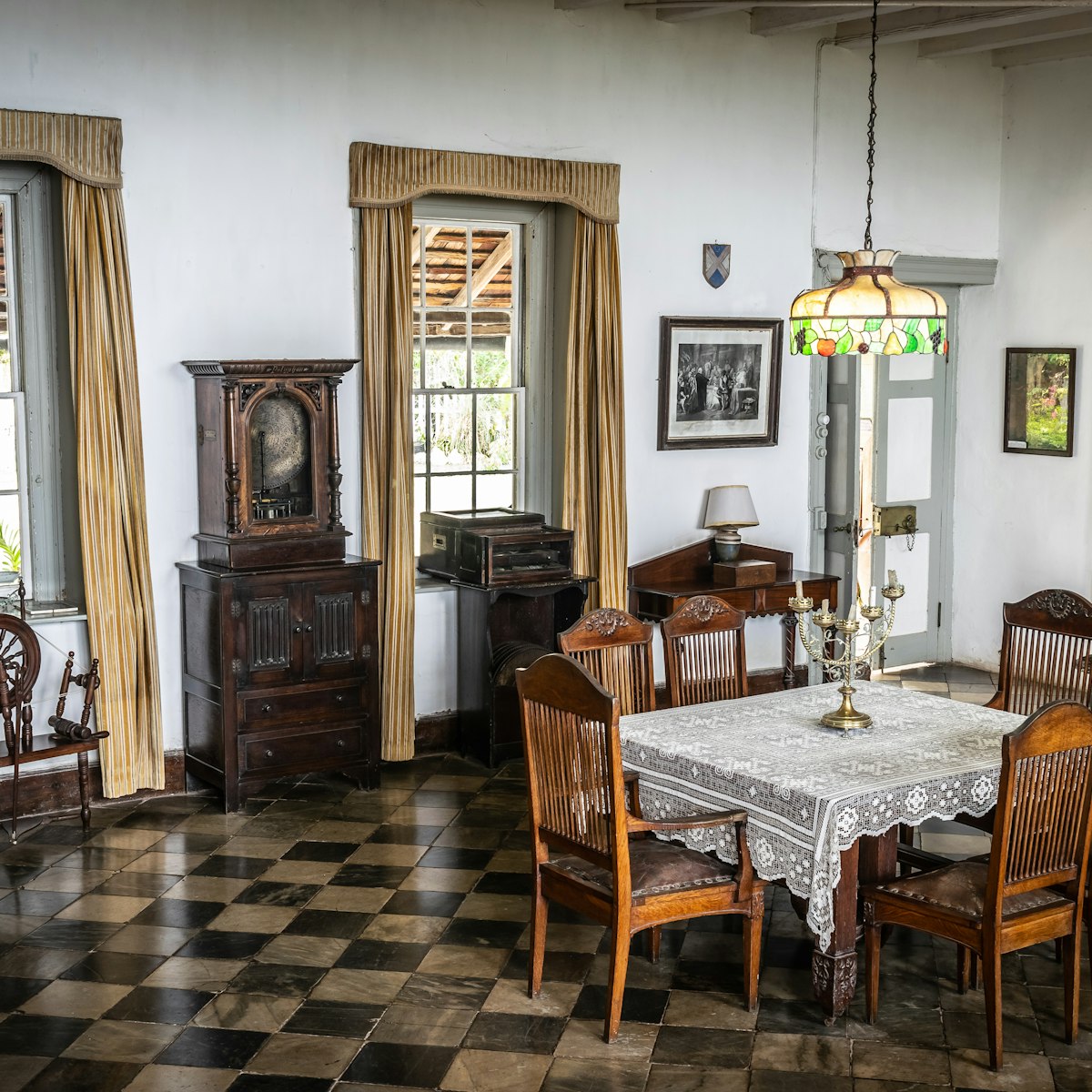Constructed in 1938, this historic factory was the setting for a nationwide labor dispute that ended in violence, tragedy and the transformation of Jamaican politics. Today the factory is still in operation, and has been purchased by the Chinese government. Call to ask whether it's possible to wander the grounds and possibly see inside the factory. Route taxis run to Sav and Lucea.
During the depression of the 1930s, many small factories were bought out by the West Indies Sugar Company. Unemployed workers from all over the island converged here seeking work. Although workers were promised a dollar a day, the men who were hired received only 15 cents a day and women just 10 cents. Workers went on strike for higher pay, passions ran high and violence erupted. When the crowds rioted and set fire to the cane fields, the police responded by firing into the crowd, killing four people. The whole island exploded in violent clashes. The situation was finally defused when labor activist Alexander Bustamante mediated the dispute. His efforts gave rise to the island’s first mass labor unions and the first organized political party, under his leadership. A monument at a crossroads north of the factory gates reads: ‘To Labour leader Alexander Bustamante and the Workers for their courageous fight in 1938. On behalf of the Working People of Jamaica.’





